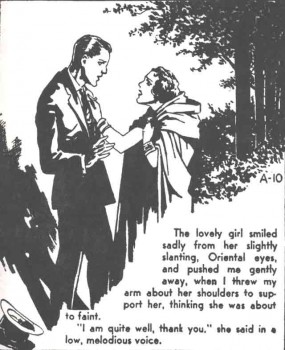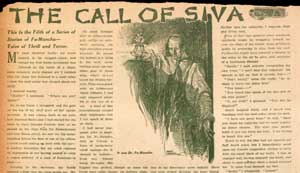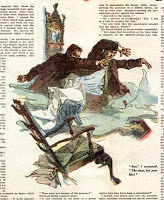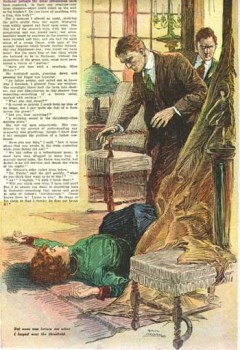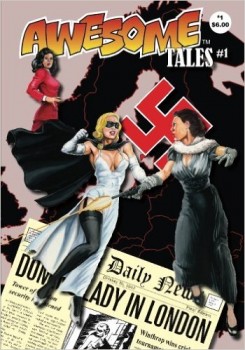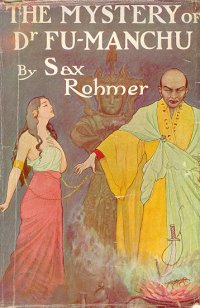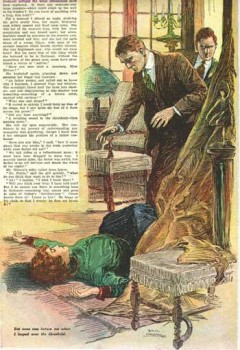New Treasures: The Best of Amazing Stories, The 1926 and 1927 Anthologies, edited by Steve Davidson and Jean Marie Stine
 |
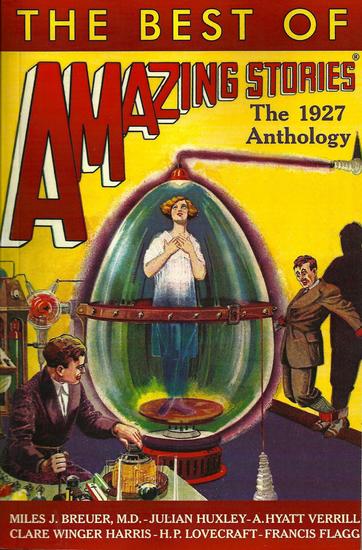 |
While I was wandering the aisles of the Windy City Pulp and Paper Show here in Chicago last month, I came across a delightful find… the second volume of Steve Davidson and Jean Marie Stine’s The Best of Amazing Stories, covering 1927 (above right). I snatched it up immediately, and hunted up the first volume online (above left).
My fascination with Amazing Stories began with Isaac Asimov’s biographical anthology Before the Golden Age, in which he collected his favorite pulp SF stories. Asimov noted that Amazing had the best reputation at the time, saying “It was Amazing Stories all the way with me.” But there hasn’t been much attention paid to the early days of perhaps the greatest SF magazine, so I was very pleased to see an anthology series that attempts to collect the best of the Grand Old Lady of the pulps, year by year.


